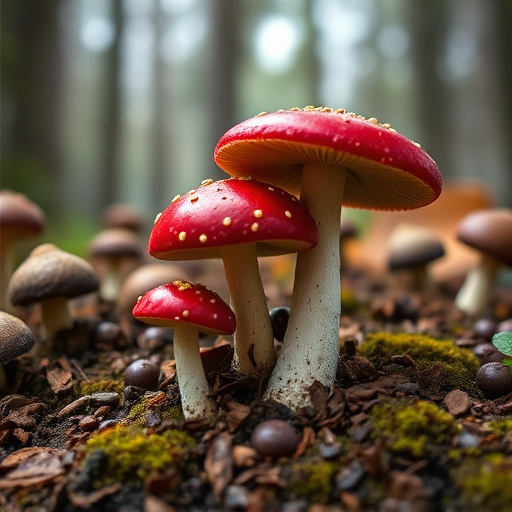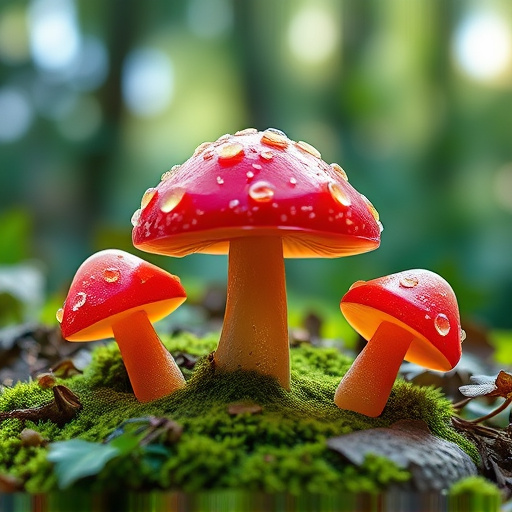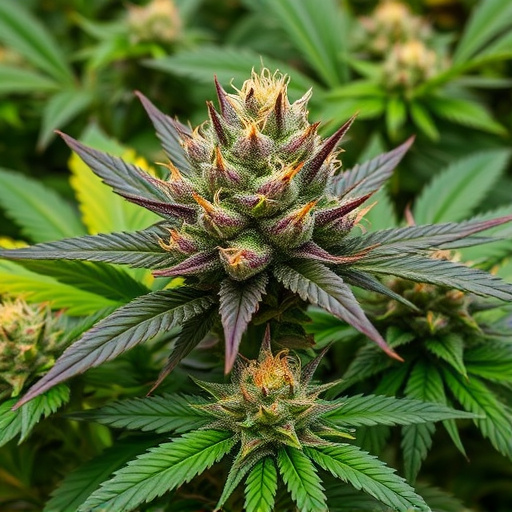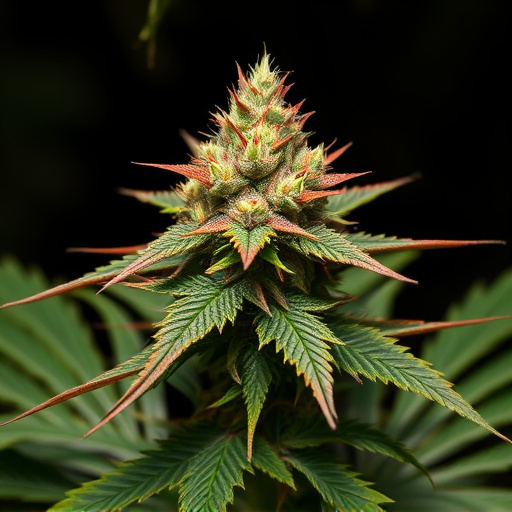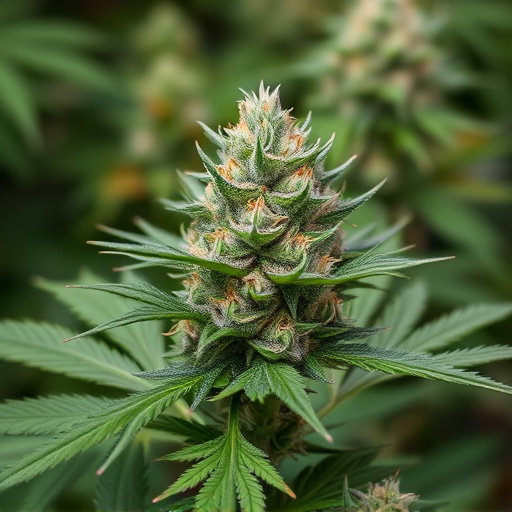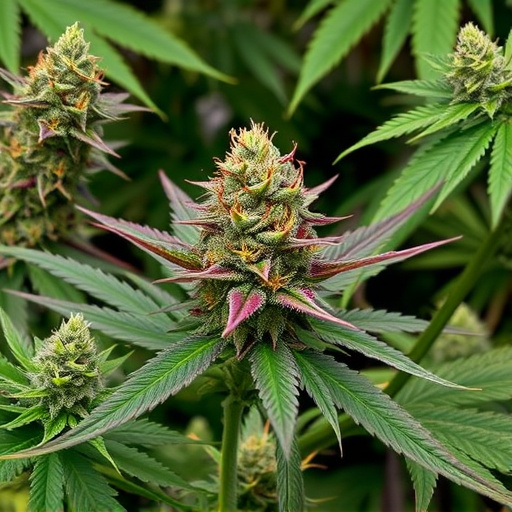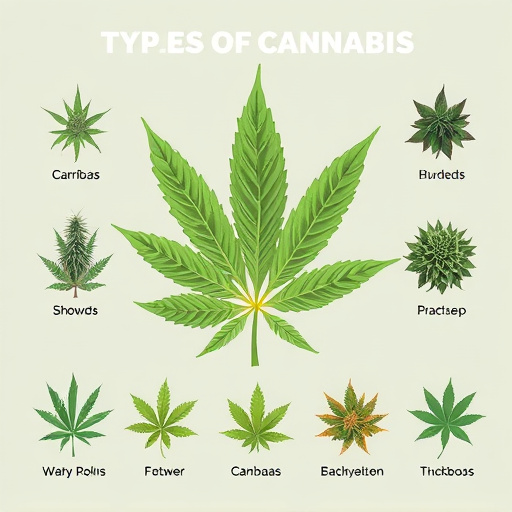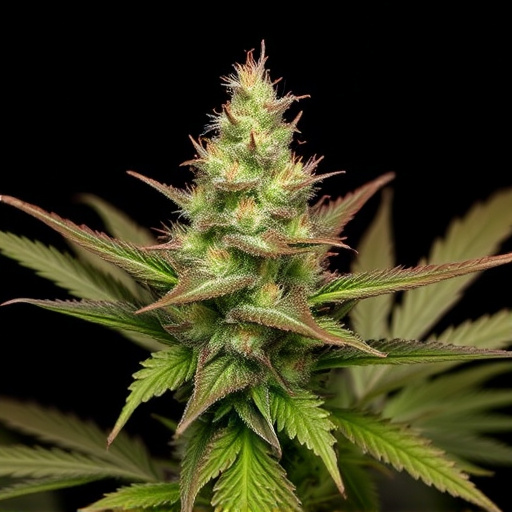Cannabis flowers contain various compounds, notably THC and CBD, which offer different experiences and effects. Indica strains are calming, Sativa stimulates energy, and Hybrids blend both. Personal reactions vary based on genetics and history, with potential for positive or negative impacts from specific strains. Exploring different types of cannabis strains allows individuals to tailor their experience for mood-related purposes.
Cannabis flower’s impact on mood and emotions is a complex interplay of various compounds, most notably THC and CBD. This article delves into how these substances interact with our endocannabinoid system to influence psychological states. We explore the diverse effects of different types of cannabis strains, each with unique profiles of terpenes and cannabinoids, catering to varied preferences and desired outcomes. Additionally, we discuss individual differences in sensitivity, highlighting how personal variability shapes one’s experience with cannabis.
- Understanding Cannabis Compounds and Their Effects on Mood
- Types of Cannabis Strains and Their Distinct Mood-Influencing Properties
- Individual Differences in Sensitivity and How They Shape Cannabis Experience
Understanding Cannabis Compounds and Their Effects on Mood
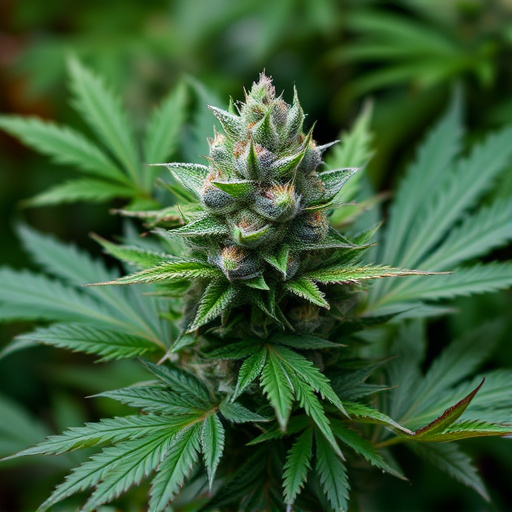
Cannabis flowers contain various compounds that contribute to their unique effects on mood and emotions. The primary active compounds are cannabinoids, such as tetrahydrocannabinol (THC) and cannabidiol (CBD). THC is known for its psychoactive properties, evoking feelings of euphoria, relaxation, or even anxiety in some users, depending on dosage, tolerance, and individual sensitivity.
In contrast, CBD does not produce intoxicating effects but has gained popularity for its potential therapeutic benefits. Research suggests that CBD may help regulate mood by interacting with the endocannabinoid system (ECS), which plays a crucial role in maintaining emotional balance. Different types of cannabis strains vary in their cannabinoid profiles, offering users a range of experiences and potential benefits, from uplifting to calming effects. Understanding these compounds and their interactions can help individuals make informed choices when using cannabis for mood-related purposes.
Types of Cannabis Strains and Their Distinct Mood-Influencing Properties
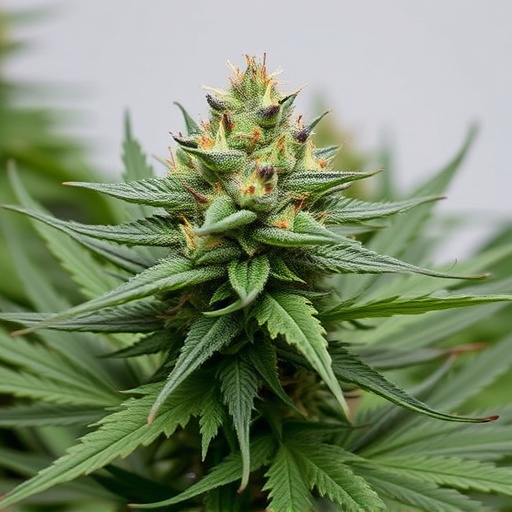
Cannabis flowers offer a diverse range of experiences, and this is largely attributed to the variety of types of cannabis strains available, each with its unique chemical composition and corresponding effects on mood and emotions. Indica strains are renowned for their calming and relaxing properties, making them popular choices for evening use as they can induce feelings of tranquility and alleviate stress and anxiety. Sativa strains, on the other hand, are known to stimulate creativity and energy levels, providing a more uplifting and energizing high that is often preferred during daytime activities.
Hybrid strains, being a blend of indica and sativa, offer a balanced experience, combining the relaxing effects of indicas with the invigorating qualities of sativas. These blends can vary greatly in their mood-influencing properties, depending on the specific genetics and ratios involved. Some hybrids may induce a sense of euphoria and heightened senses, while others can promote deep relaxation and even stimulate appetite—a common side effect often associated with cannabis consumption. Exploring different types of cannabis strains allows users to tailor their experience based on personal preferences and desired effects.
Individual Differences in Sensitivity and How They Shape Cannabis Experience
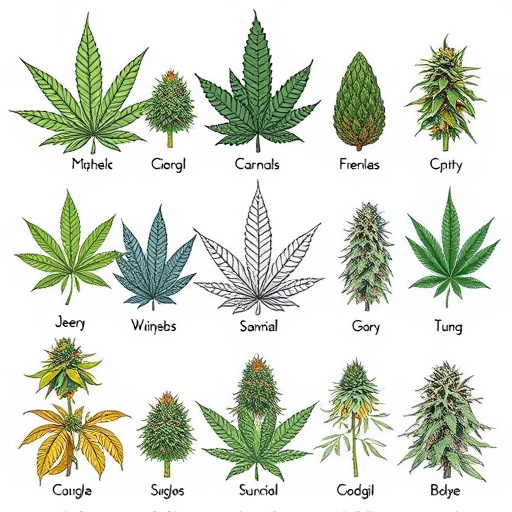
Every individual’s response to cannabis is unique, and this varies greatly depending on their genetic makeup and personal history. Some people may find that certain types of cannabis strains elevate their mood and foster feelings of calmness and relaxation, while others might experience heightened anxiety or paranoia. This discrepancy can be attributed to the complex interplay between the endocannabinoid system in our bodies and the diverse chemical profiles found in different cannabis strains.
Genetic predispositions play a significant role in determining sensitivity to cannabis. For instance, people with a history of anxiety disorders may be more susceptible to experiencing negative effects from certain high-THC strains. Conversely, those with a family history of pain management or mood disorders might find relief through specific strains known for their balanced cannabinoid profiles. Understanding these individual differences is crucial when navigating the diverse landscape of cannabis types and strains to ensure a positive and enjoyable experience.
Cannabis flower’s impact on mood and emotions is a complex interplay between various compounds, especially cannabinoids like THC and CBD, and individual differences in sensitivity. Understanding these factors allows us to appreciate how different types of cannabis strains can evoke unique emotional responses. The vast array of cannabis strains available, each with its distinct chemical profile, offers a personalized experience for users, highlighting the importance of choosing strains tailored to individual preferences and desired effects. By exploring the science behind cannabis compounds and considering personal sensitivities, users can navigate the diverse landscape of types of cannabis strains to promote positive mood enhancement or relaxation.
